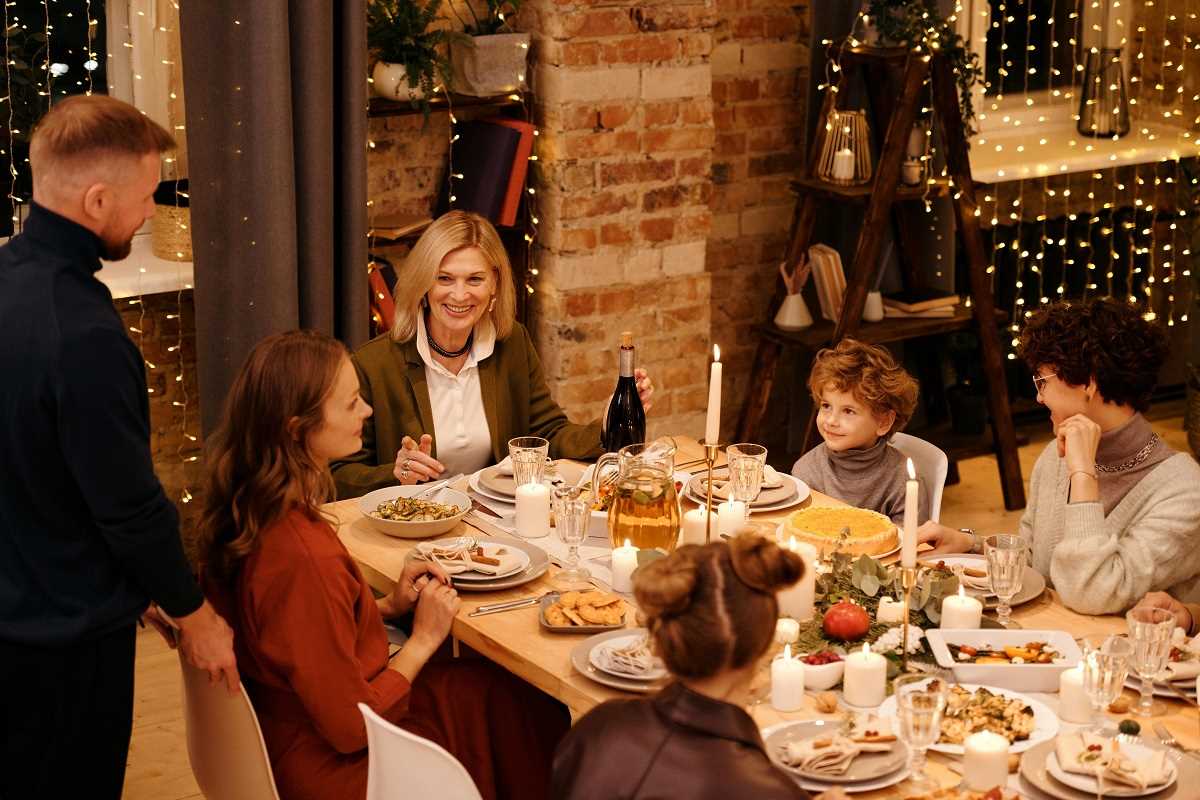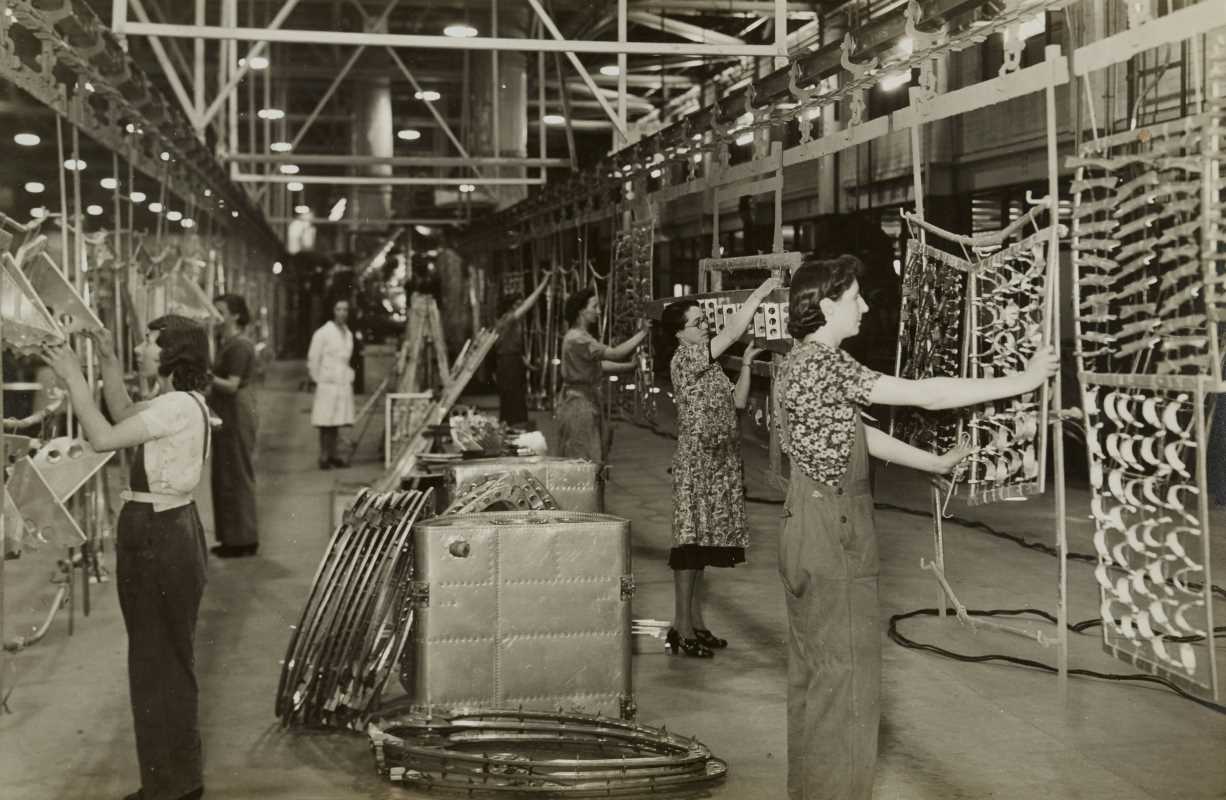The question “What’s for dinner?” can sometimes feel less like a simple query and more like a philosophical burden. The daily grind of planning, shopping, and cooking can suck the joy out of what should be a relaxing and connective part of the day. The result is often a rotation of the same five to seven meals, a culinary groundhog day that leaves everyone, from the cook to the pickiest eater, feeling uninspired. Breaking out of this rut doesn't require a culinary degree or a sudden windfall of free time; it just takes a little creativity.
Enter the themed dinner night. This isn't about creating a restaurant-quality, seven-course meal that leaves you exhausted. It's about injecting a dose of fun and novelty into your routine. A theme can be as simple or as elaborate as you like, but its true power lies in its ability to transform an ordinary meal into a memorable experience. By focusing on a single concept, you can simplify decision-making and get everyone at the table excited. We're exploring three creative dinner themes designed to make your mealtimes more exciting, engaging, and delicious.
A Trip Through Time
Why just eat dinner when you can time travel? A "Decades Dinner" is a fantastic way to explore history through your taste buds. Pick a decade and build a meal around the popular foods and trends of that era. This theme offers a little something for everyone: a history lesson for the kids, a touch of nostalgia for the adults, and a guaranteed conversation starter for all. The possibilities are endless and often hilariously kitschy. For a 1950s night, you could serve up classic meatloaf, mashed potatoes, and green beans, perhaps with a pineapple upside-down cake for dessert. It’s the comfort food of yesteryear.
Feeling more adventurous? Travel back to the 1970s, a decade known for its interesting culinary choices. Fondue is the star of this show. A pot of bubbling, melted cheese with an array of dippers like bread cubes, apple slices, and blanched broccoli is interactive and ridiculously fun. Or you could embrace the era of dinner parties with a quiche Lorraine or a beef stroganoff. For dessert, it has to be something gelatinous. A Jell-O mold, perhaps with fruit suspended within its shimmering depths, is a must. The best part of a decades dinner is the opportunity to go beyond the food. You can create a playlist of music from the era, look up some trivia, or even encourage dressing up if your family is game.
The 'Build-Your-Own' Buffet
One of the biggest challenges at dinnertime is catering to different preferences. One person hates onions, another thinks cilantro tastes like soap, and the youngest will only eat things that are beige. A "Build-Your-Own" theme elegantly solves this problem by putting everyone in charge of their own plate. It’s a genius trick: you provide the components, and they do the assembling. This sense of control can often encourage picky eaters to try new things and ensures everyone ends up with a meal they genuinely want to eat. The concept is simple: set up a central station with a base, proteins, and a wide variety of toppings and sauces.
The taco bar is a classic for a reason, but you can apply this concept to almost any type of cuisine. A build-your-own pizza night is always a winner; provide dough (store-bought is fine!), sauce, cheese, and a rainbow of toppings. For a healthier but equally satisfying option, try a Mediterranean bowl bar.
- A base of quinoa or couscous
- Proteins like grilled chicken, chickpeas, or falafel
- Toppings such as chopped cucumbers, tomatoes, feta cheese, and olives
- Sauces like tzatziki and hummus
This approach not only saves you the headache of customizing each plate but also makes dinner an interactive activity. It shifts the dynamic from you serving them to everyone creating together. Other great ideas include a baked potato bar with every topping imaginable, a pasta bar with different noodles and sauces, or even a gourmet burger bar.
A Journey to a New Destination
If you can't get on a plane, you can at least let your palate do the traveling. A "Destination Dinner" focuses on the cuisine of a specific country or region, offering a delicious escape from the everyday. This theme is an amazing way to introduce your family to new flavors, cultures, and ingredients in a low-pressure setting. Start with a country whose food you already enjoy and expand from there. An Italian night can be so much more than spaghetti and meatballs. Try making homemade pasta, a rich risotto, or a classic chicken cacciatore. The focus is on simple, high-quality ingredients.
Ready for a more vibrant adventure? Host a Greek night. The flavors are fresh, bright, and perfect for a family meal. You could grill up some chicken or lamb souvlaki skewers, serve them with warm pita bread, a fresh Greek salad with a lemon-herb vinaigrette, and a generous side of tzatziki. For dessert, a simple plate of honey-drizzled yogurt with walnuts is authentic and delightful. A trip to Thailand could feature a mild coconut curry with chicken and vegetables, served with jasmine rice. The key is to find accessible recipes; you don't need to tackle the most complex dish to capture the spirit of a place. This theme also opens the door to learning a few words in a new language, finding the country on a map, or listening to its music.
Beyond the Plate
The success of a themed dinner often lies in the small details that go beyond the food itself. While the meal is the main event, creating an atmosphere that matches your theme is what elevates it from a simple dinner to a true experience. This doesn't require a Hollywood set designer or a massive budget. Simple, creative touches can make a world of difference. For a destination dinner, you could print out a few pictures of the country's landmarks or even use paper placemats that are maps of the region. A simple playlist of music from that country playing softly in the background can instantly transport you.
For a decades dinner, you could look up popular slang from the era and try to pepper it into your conversation. For a 1950s night, calling things "the bee's knees" is sure to get a few laughs. These little extras take minimal effort but show a level of thought and fun that gets everyone more invested in the evening. It signals that this isn't just another Tuesday night dinner; it's an event. It transforms the dining table from a place where you just refuel into a stage for fun, connection, and making memories.
Keeping it Simple and Fun
The most important rule of themed dinners is that they should reduce your stress, not add to it. If the thought of executing a theme feels overwhelming, you’re overthinking it. The goal is connection and fun, not perfection. Give yourself permission to take shortcuts. Use store-bought pizza dough, pre-made sauces, or a curated playlist from a streaming service. The point is not to prove your culinary prowess but to shake things up and enjoy the time with your family.
Start small. Plan one themed night a month, or even every other month. Let the family get involved in the planning process. Have them vote on themes or choose a country they’d like to "visit" for dinner. When everyone has a stake in the idea, they are more likely to be enthusiastic participants. Ultimately, a themed dinner is a powerful tool for transforming the mundane into the magical, turning the nightly question of "What's for dinner?" into an answer everyone can get excited about.
 (Image via
(Image via





